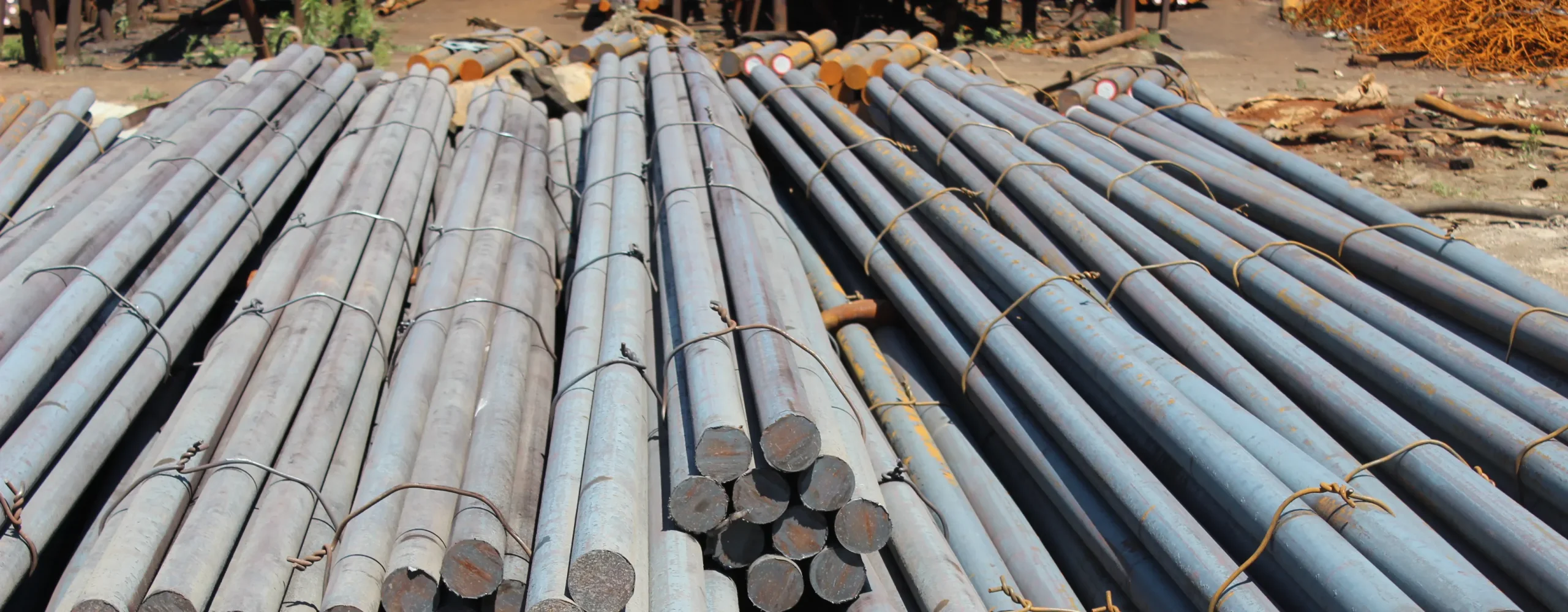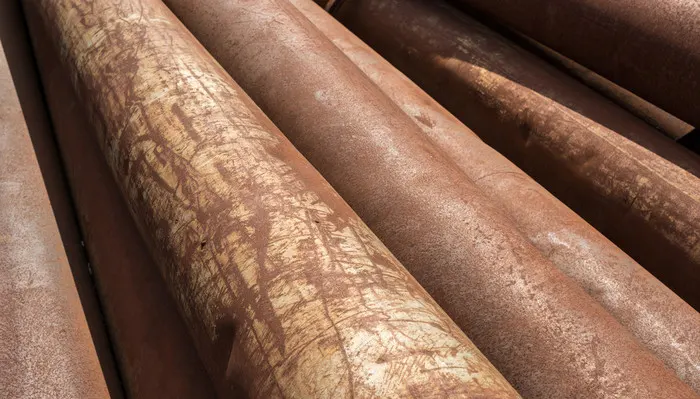Vapeur en place (SIP) est une méthode de stérilisation puissante. Lorsque vous travaillez avec des robinetterie sanitaireLa stérilité absolue n'est souvent pas négociable. En particulier si votre processus traite des produits périssables, la contamination doit être éliminée. La vapeur en place garantit que tubes en acier inoxydable et raccords de tuyauterie en acier inoxydable créer un environnement véritablement aseptique.
Qu'est-ce que la vapeur en place ? Capacités de stérilisation automatisée !
Qu'est-ce que la vapeur en place (SIP) ? Il s'agit d'une technique de stérilisation automatisée qui utilise de la vapeur pressurisée à haute température pour circuler à travers les surfaces internes de l'équipement de traitement afin d'éliminer les micro-organismes, y compris les bactéries, les virus et les spores. La vapeur circule sur les surfaces internes de l'équipement de traitement pour éliminer les micro-organismes, y compris les bactéries, les virus et les spores. Cette méthode est courante dans les industries biopharmaceutiques, alimentaires et laitières.
Principaux avantages de la vapeur en place
Le SIP utilise la chaleur pour tuer les micro-organismes et atteindre des zones que les produits chimiques risquent d'ignorer.
Les cycles SIP automatisés sont reproductibles et assurent une stérilisation constante.
Aucune manipulation manuelle de l'équipement n'est nécessaire. L'erreur humaine est minimisée et la recontamination est évitée.
Le SIP réduit considérablement les coûts de main-d'œuvre. Les temps d'arrêt de la stérilisation sont minimisés et l'équipement est remis en service plus rapidement.
Le SIP utilise principalement de la vapeur. Cela permet de réduire les besoins en produits chimiques agressifs et l'élimination des eaux usées.
Principes de la vapeur en place : La chaleur comme stérilisant !
Le principe de base de la vapeur in situ est l'utilisation de la vapeur saturée pour le transfert de chaleur. La vapeur libère de la chaleur latente sur des surfaces plus froides. Elle dénature les protéines attachées pour tuer efficacement les micro-organismes. Des facteurs tels que la température, la pression et le temps sont également importants, car des températures et des pressions élevées, ainsi qu'une libération prolongée de chaleur, garantissent la destruction complète des micro-organismes.
Principaux composants du système SIP
| Type de composant | Fonction | Rôle dans le système de tuyaux et de raccords |
|---|---|---|
| Générateur de vapeur propre | Produit de la vapeur pure, sèche et saturée | Fournitures de milieu de stérilisation |
| Purgeurs de vapeur | Éliminer le condensat, assurer une vapeur sèche | Prévenir les coups de bélier, maintenir la chaleur |
| Régulateurs de pression | Contrôle de la pression de la vapeur | Assurer des conditions de stérilisation homogènes |
| Capteurs de température | Contrôle de la température de la vapeur | Vérifier les paramètres critiques de la stérilisation |
| Soupapes | Diriger le flux de vapeur, isoler les sections | Contrôler le trajet de la vapeur dans le réseau de canalisations |
| Réseau de canalisations | Transport de vapeur stérile | Doit résister à des températures/pressions élevées |
| Système de retour des condensats | Collecte et renvoie la vapeur condensée | Amélioration de l'efficacité et de la récupération de l'eau |
| Système de contrôle | Automatise le cycle, surveille | Gestion de l'ensemble de la séquence SIP |
Ce que nous faisons
Principaux composants du système SIP
| Type d'élément | Fonctionnalité de conception du SIP | Avantages de la stérilisation |
|---|---|---|
| Disposition des tuyauteries | Pente pour un drainage complet | Empêche l'accumulation de condensats |
| Joints de tuyaux et de raccords | Soudures lisses, sans crevasses | Élimine les pièges microbiens et garantit la stérilité |
| Soupapes | Autovidage, pas de jambes mortes | Empêche les zones non stérilisées |
| Joints | Résistant aux hautes températures, conforme | Maintien de l'étanchéité à la chaleur et à la pression |
| Finition de la surface | Électropolie, lisse | Facilite un transfert uniforme de la chaleur |
| Boucles d'expansion/soufflets | Prise en compte de la dilatation thermique | Prévient les tensions sur les tuyauteries rigides |
Matériaux pour les systèmes SIP : L'acier inoxydable est primordial !
Les matériaux utilisés dans les systèmes de vapeur in situ doivent pouvoir résister à des températures et des pressions élevées.
- Acier inoxydable 316L: Cette qualité d'acier inoxydable à faible teneur en carbone est idéale. Elle résiste corrosion intergranulairece qui est critique après une exposition à des températures élevées pendant le processus SIP.
- Acier inoxydable 304L: Utilisé dans les sections moins critiques. Peut supporter une exposition normale à la vapeur. Sa faible teneur en carbone facilite le soudage.
- Surface électropolie : Cette surface ultra lisse garantit une stérilité totale et empêche l'adhésion microbienne après la stérilisation.
- Conception sanitaire : Tous les composants, y compris raccords de tuyauterie en acier inoxydabledoit satisfaire normes de propreté, tels que 3-A normes sanitaires ou ASME BPE.
Vous voudrez peut-être aussi lire :
Stérilité du système principal avec connaissance du CIP et du SIP
Qu'est-ce que le nettoyage en place (CIP) ?
Nous contacter
- RM901 No.22 Tangjiaqiao Road Wenzhou Chine
- +86 577 8551 1171
- [email protected]
- https://www.kaysuns.com/



